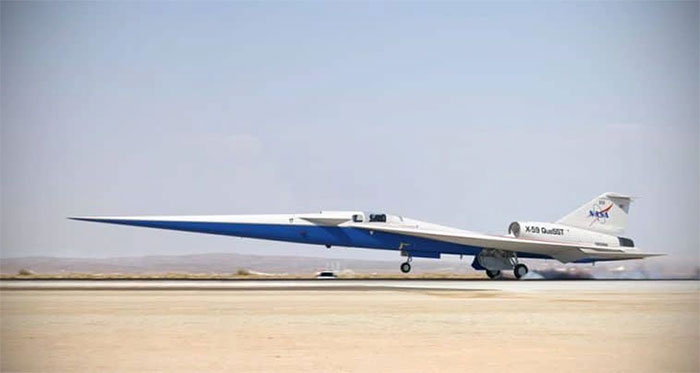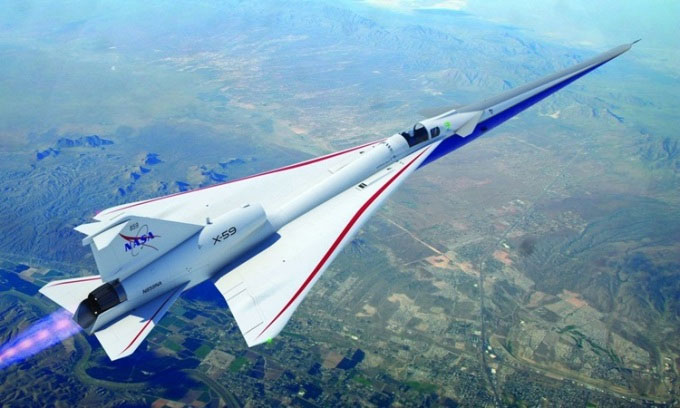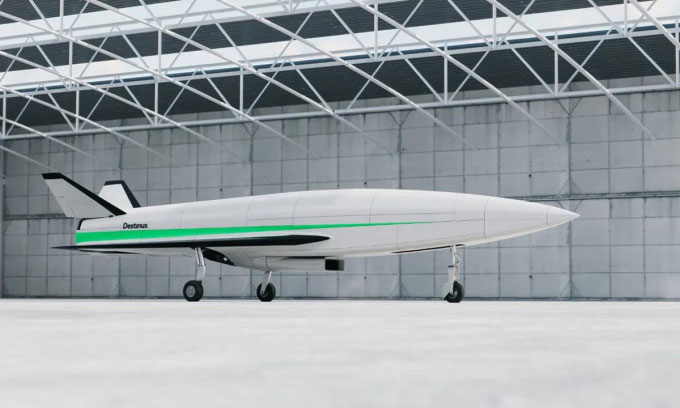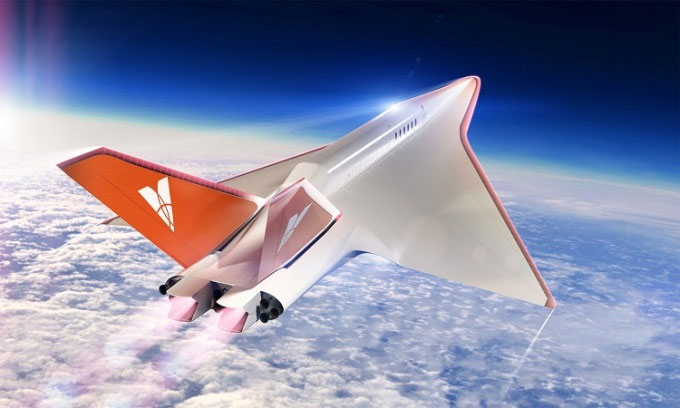The hollow ceramic material designed by the Chinese research team retains its durability at temperatures of 2,000 degrees Celsius, making it very suitable for producing protective shields in aerospace.
Chinese scientists developed a hollow ceramic material with high mechanical strength and thermal insulation necessary for aerospace applications, Interesting Engineering reported on January 23. This type of ceramic could even play a key role as insulation in the next generation of hypersonic aircraft , according to Chu Yanhui, a scientist at South China University of Technology.
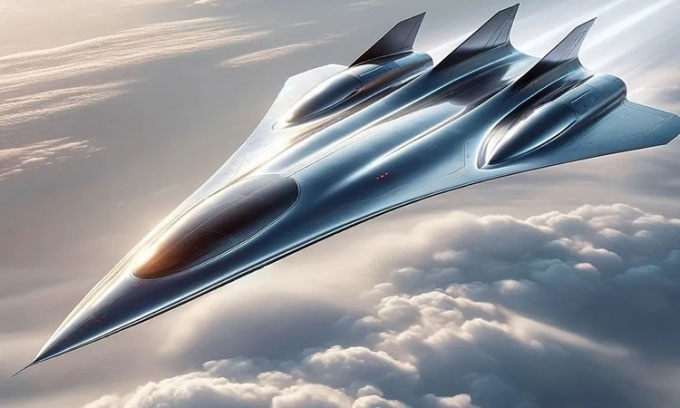
New hollow ceramic material can protect supersonic aircraft at high speeds. (Photo: Dall-E).
Hollow ceramic materials are increasingly popular due to their good thermal insulation properties, combined with ultra-lightweight characteristics, chemical inertness and low thermal conductivity. But achieving both high mechanical strength and high thermal insulation properties in hollow ceramics is a challenge because the more pores the material has to increase thermal insulation properties, the more the mechanical strength decreases. Shrinkage and loss of strength also occur when conventional hollow materials are subjected to high temperatures, meaning they are unsuitable for aerospace applications.
However, the new ceramic developed by a research team at the School of Materials Science and Engineering at Guangzhou University, has a multi-scale structural design that helps overcome the above limitations. In research published in the journal Advanced Materials, Chu said the ceramic called 9PHEB exhibits excellent strength and size retention under temperatures up to 2,000 degrees Celsius, making it well suited for use in cold temperatures. extreme conditions. The based material consists of 9 components, all of which are positively charged ions. According to Chu, 9PHEB has a porosity of 50%, but its compressive strength is extremely high, at about 337 million pascals (Mpa) at room temperature, significantly greater than previous hollow ceramics.
The new ceramic also showed good results in thermal stability and insulation tests, retaining 98.5% of its durability even at 1,500 degrees Celsius. Unlike some traditional ceramics that often crack at high temperatures. , 9HPEB also exhibits plastic deformation when compressed at 2,000 degrees Celsius. When the material deforms at high temperatures, it experiences 49% tension. That causes its durability to increase to 690 Mpa, more than double the previous level. In particular, high temperature does not have any major impact on the volume or size of the material, it is only about 2.4% after being heated at 2,000 degrees Celsius.
Chu explains that the above mechanical and thermal characteristics result from the ceramic’s multi-scale design. This design includes tiny pores at the small scale, high-quality surfaces at the nano scale, and lattice deformation at the atomic scale. The microstructure of the ceramic pores, both in terms of size and distribution, plays an important role in the design. About 92% of pores are only 0.8 – 1.2 micrometers large. At the nano level, ceramics have strong, defect-free bonds that enhance mechanical durability. At the atomic level, lattice deformation from the design improves stiffness and reduces thermal conductivity. Combined, these characteristics increase the material’s mechanical strength and thermal insulation, making it suitable for use as a shield for supersonic aircraft.
- America is about to launch a plane 20 times faster than sound
- Planes will be 24 times faster than sound by 2050
- The world’s fastest plane SR-71 is about to be revived?

